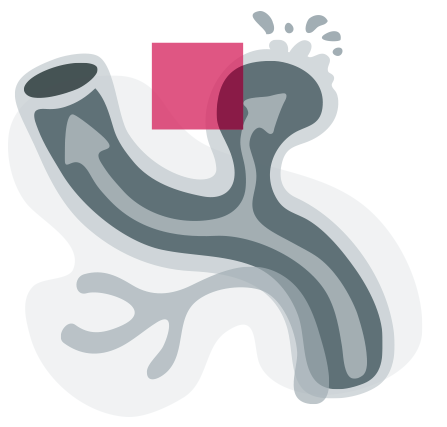Computational Fluid Dynamics
Harness the power of Computational fluid dynamics (CFD) to solve challenging clinical problems. CFD aids in designing optimized medical devices, planning complex surgeries with precision, and gaining deeper insights into disease progression.
Benefit from biofluid mechanics modelling that facilitates breakthroughs in personalized medicine and provides invaluable insights into complex physiological systems.
Unlocking the power of computational fluid dynamics in medicine

CFD in real-life physiologic geometries
The computational fluid dynamics method (CFD) allows you to address challenging and clinically relevant problems related to hemodynamics in real-life physiologic geometries. Examples include assessment of stenosis, aortic and cerebral arteries aneurysms, and implanted medical devices.
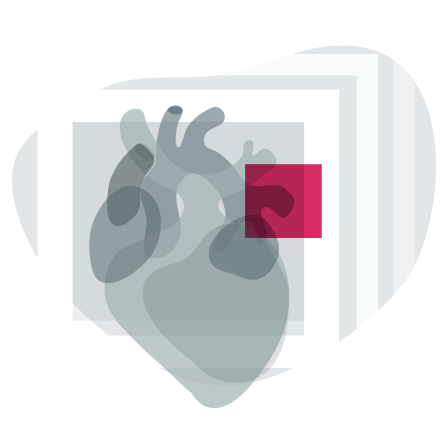
Computational methods in the regulatory context
Simulation and modelling techniques provide valuable digital information to the medical device and life sciences sectors. By using computational methods, companies can expedite and lower the costs of regulatory approval, as the FDA now accepts reliable digital evidence.
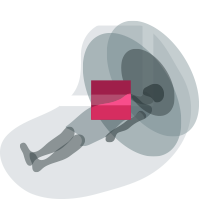
Predicting device performance with simulations
This method can help you optimize designs and improve medical devices. Through simulations, we can forecast a device’s performance, allowing for improvements before production, reducing the need for physical prototypes and resulting in better patient outcomes.
Our work exploiting computational fluid dynamics
AI-ENHANCED CFD ASSESSMENT OF CAD IN CCTA
We tackled issues related to coronary artery disease diagnosis and monitoring and introduced an end-to-end deep learning-powered pipeline for automated medical image analysis – coronary computed tomography angiography which additionally exploits computational fluid dynamics to capture the functional vessel characteristics.
Our experiments, performed over clinically acquired scans, revealed that our segmentation approach (that takes advantage of centerlines instead of performing full manual segmentation) not only outperforms state-of-the-art nnU-Nets but also leads to the blood-flow parameters which are in substantial agreement with those elaborated for the ground-truth delineations.
Here green streamlines are Ground Truth (GT), red: Centerlines (CL) straightened and blue is nnUnet. Flow is steady and driven by the same pressure. Blue streamline is significantly faster. We consider the coronary tree from the inlet to the points where the diameter is 1.5mm.
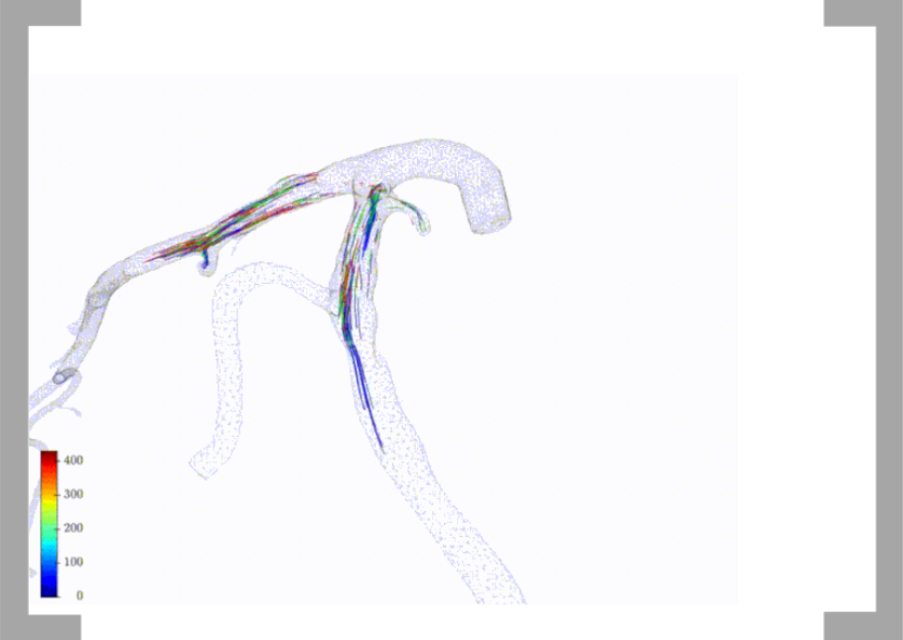
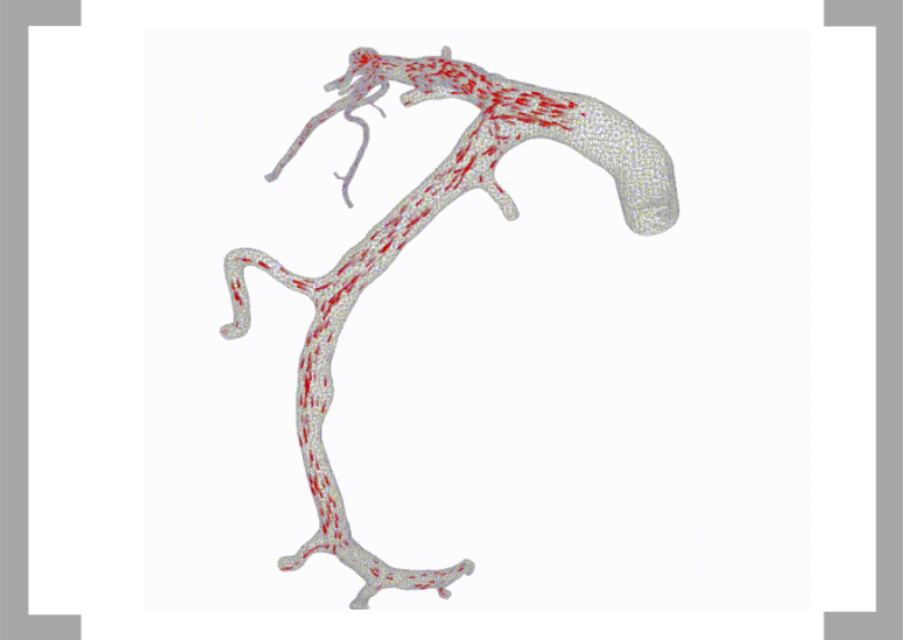
COMPUTING HEMODYNAMIC PARAMETERS
Hemodynamic parameters such as velocity, pressure, vortices, wall shear stress can be computed during computer simulation and so on, and are considered for the characterization of the flow field. Results showed that the vortex location and inflow area depend strongly on even a subtle changes of vessel geometry.
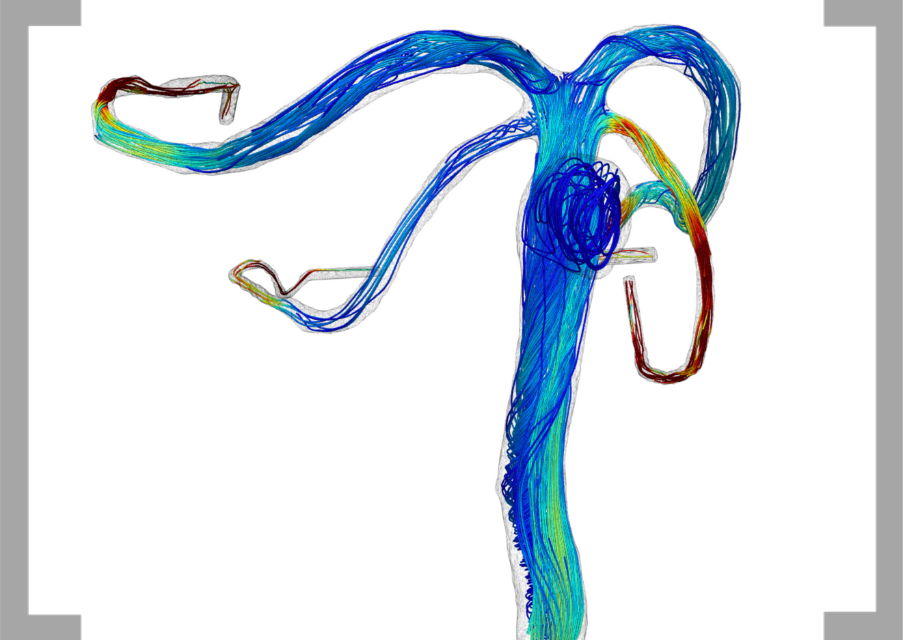
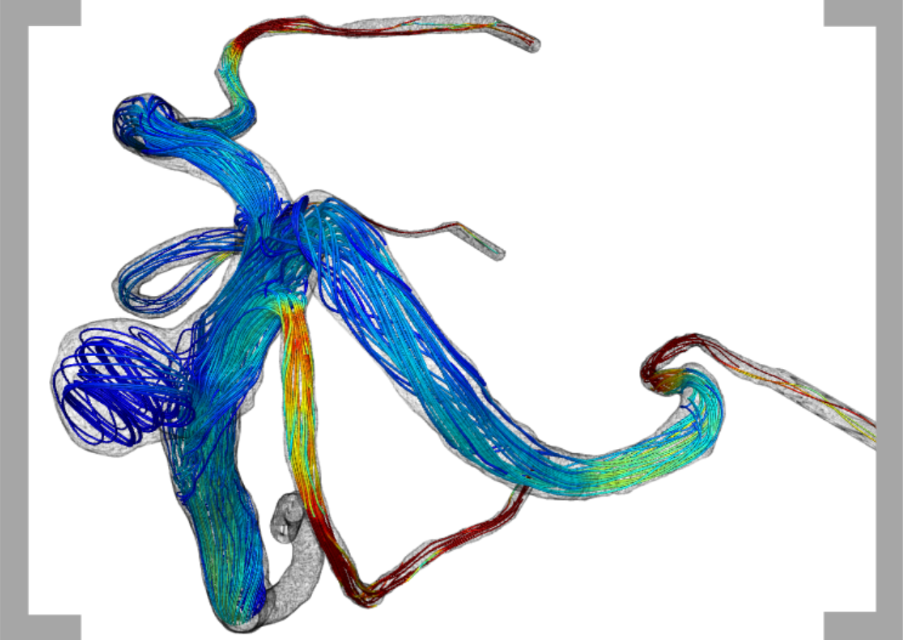
Why Graylight Imaging
We have been publishing CFD-related papers for years. What’s more: our interdisciplinary team is actively involved in CFD projects. That is exactly why we truly combine practical experience with cutting-edge research.
The application of CFD in medicine requires a strong understanding of anatomical, physiological, physical and engineering principles. We have an interdisciplinary team onboard consisting of engineers, computer scientists, medical professionals and physicists ready to conquer your challenges.
We follow best practices, verification and validation guidelines (VVUQ, ASME, FDA) to ensure accuracy and credibility as well as compliance needed for the formal approval process if required.
For years, we’ve been committed to projects aimed at developing patient-specific medicine. We believe that CFD effectively supports diagnostics and personalized treatment, helping us to better understand the underlying mechanisms of diseases.
Why Graylight Imaging
We have published several CFD-related publications. What’s more: our interdisciplinary team is actively involved in CFD projects. That is exactly why we truly combine practical experience with cutting-edge research.
The application of CFD in medicine requires a strong understanding of anatomical, physiological, physical and engineering principles. We have an interdisciplinary team onboard consisting of engineers, computer scientists, medical professionals and physicists ready to conquer your challenges.
We follow best practices, verification and validation guidelines (VVUQ, ASME, FDA) to ensure accuracy and credibility as well as compliance needed for the formal approval process if required.

